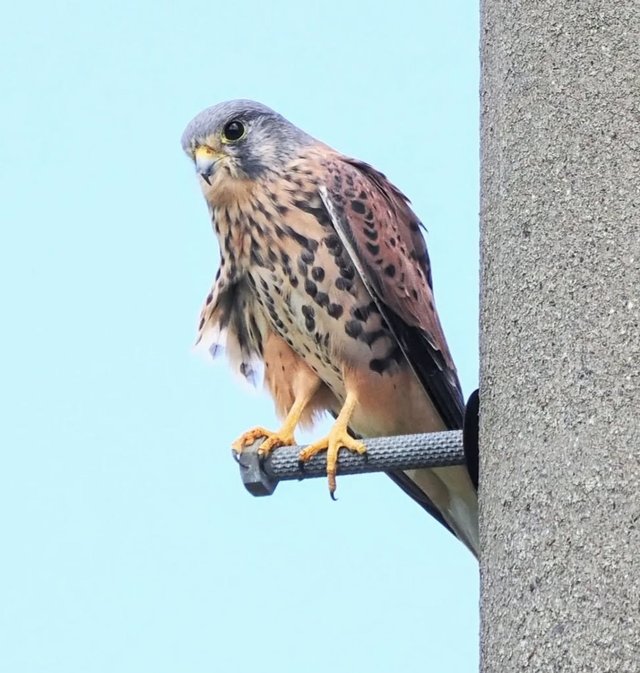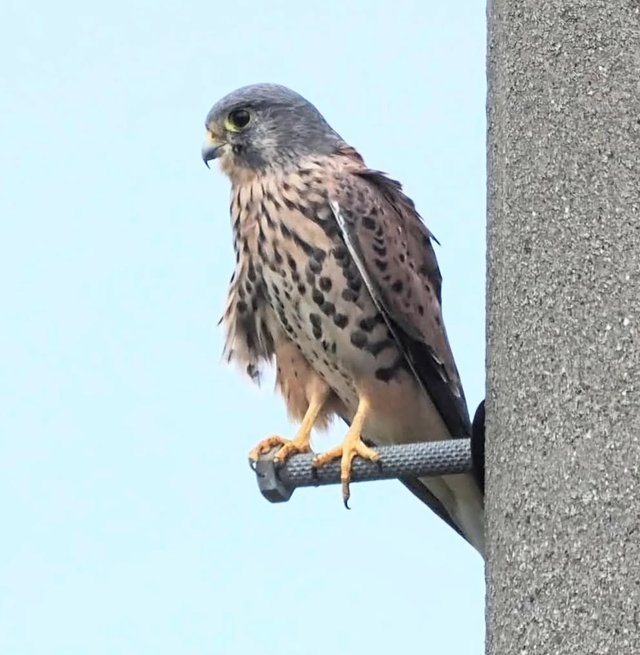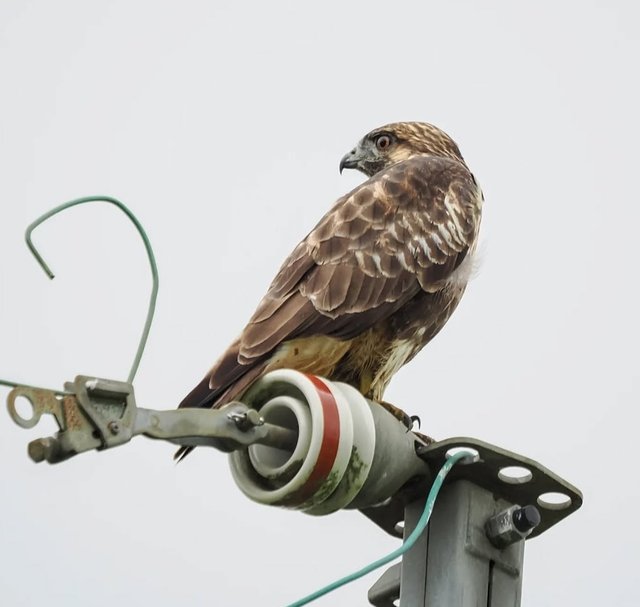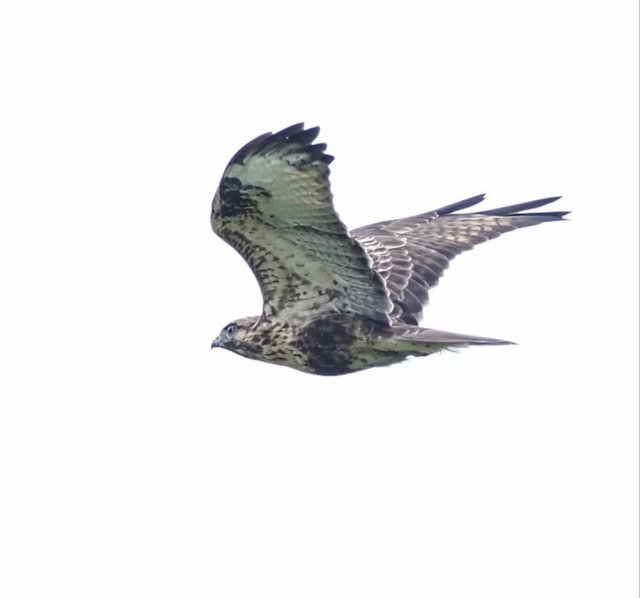So Cute Common Kestrel Bird
The Common kestrel is one of the most widely recognized and admired birds of prey across Europe, Asia, and Africa. Known for its remarkable hovering ability and sharp hunting skills, the kestrel has long captured the fascination of birdwatchers, farmers, and even poets. Despite being a small falcon compared to its larger cousins like the peregrine, the Common kestrel has carved out a special niche in both the natural ecosystem and human culture.
Appearance and Identification
The Common kestrel is a medium-sized falcon, usually measuring 32–39 cm in length with a wingspan of around 65–82 cm. It is relatively slender, with long wings and a long tail that provides excellent control during flight. Males are easily identified by their rufous-brown back, grey head, and slate-grey tail tipped with a black band. Females and juveniles, on the other hand, are more uniformly brown with heavy streaking, making them harder to distinguish from other small raptors at a distance.
When in flight, kestrels display pointed wings and a distinctive hovering posture that sets them apart from hawks and other falcons. Their rapid wingbeats and sudden pauses in the air make them a familiar sight above fields and open countryside.
Habitat and Range
The Common kestrel is one of the most widespread birds of prey, found across Europe, Asia, and Africa, with a range extending from the British Isles to China and down into sub-Saharan Africa. They are highly adaptable, thriving in grasslands, heaths, farmland, cliffs, and even urban environments. In cities, kestrels are often seen perched on buildings or hovering over roadside verges, using the human-altered landscape to their advantage.
Behavior and Hunting Style
What makes the Common kestrel truly remarkable is its hunting technique. Unlike many other raptors that soar high or ambush from perches, kestrels are masters of hovering. They face into the wind, flap rapidly, and use their long tail as a rudder, keeping their body almost motionless in the sky. From this position, they scan the ground below with exceptional eyesight.
Their primary diet consists of small mammals, especially voles and mice, but they will also take small birds, insects, lizards, and earthworms when rodents are scarce. Interestingly, kestrels have the ability to see ultraviolet light, which allows them to detect the urine trails of rodents—an evolutionary advantage that makes them efficient hunters.
| Device | cannon eos 700D |
|---|---|
| Lens | 55-250 zoom leans |
| Location | Bangladesh |




